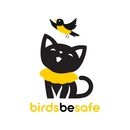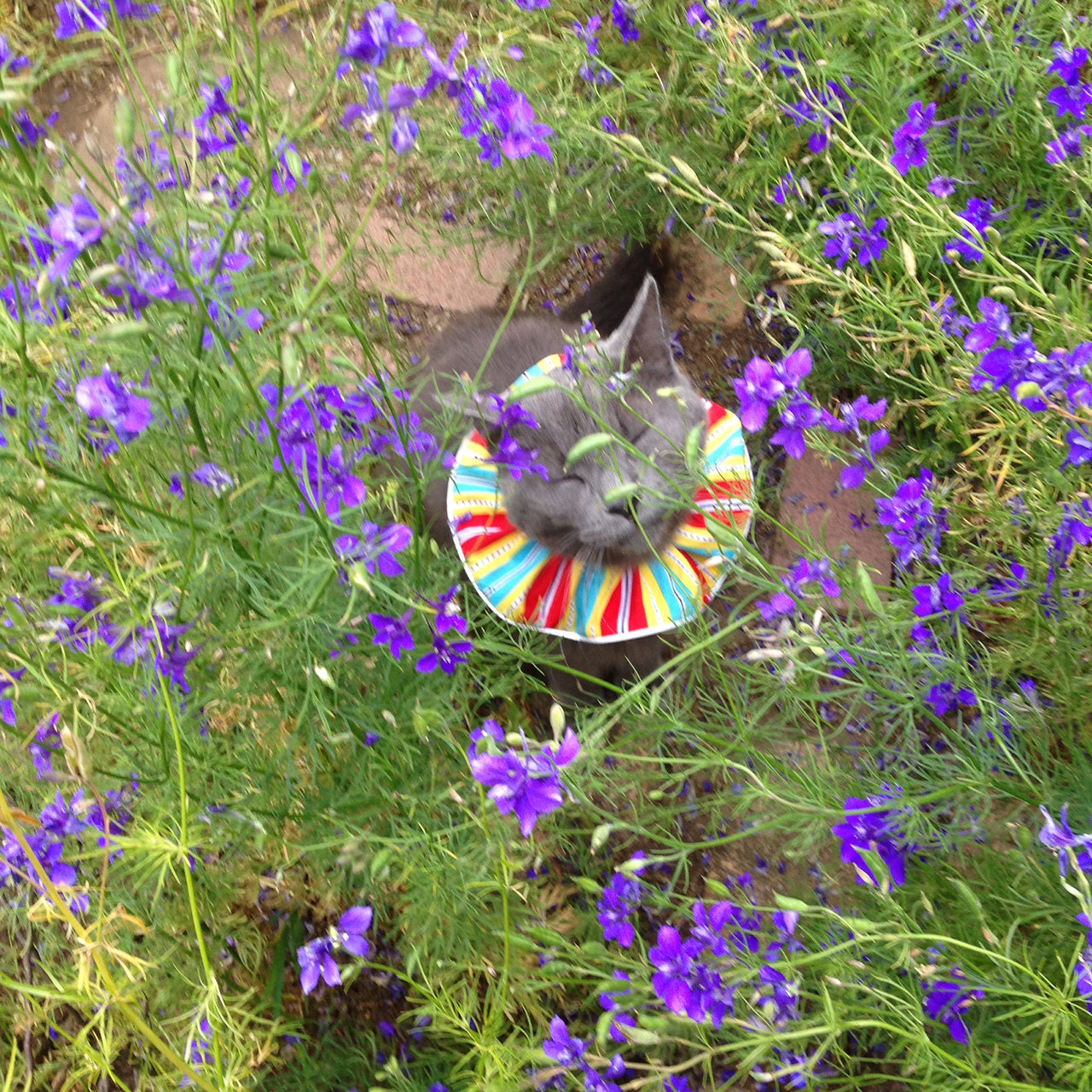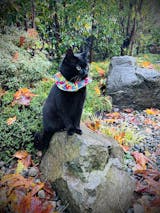UK Independent Scientific Field Study
Results of a scientific field study, led by Univ. of Exeter's Dr. Robbie MacDonald, were published in the journal Current Biology this week."Fitting Birdsbesafe collar covers reduced the numbers of birds captured and brought home by 42% but had no discernible effect on mammals."
And, the research paper characterized it: "Birdsbesafe is a colorful collar cover that works as a visual warning, increasing the visibility of cats to potential prey animals with color vision. It exhibited pronounced effectiveness in reducing killing of birds, and more generally, prey with good color vision, including herpetofauna."
The study also considered other strategies for reducing cat predation on wild animals. Two strategies, feeding cats more meat-based protein and providing more play activities for the cat, reduced the cat's predation by 36% and 25% respectively, across all prey types.
The field study involved 31 cat owners who tested the Birdsbesafe cat collar cover on 50 cats. For a 7 week period, no cat collar was used, followed by a 12-week period of cats wearing Birdsbesafe covers. Participants, who lived in southwest England, recorded observations of their cats and the prey returned to the homes.
The raw data reported in the journal article showed 267 birds caught by these 50 cats, when no cat collar was worn, compared to 146 birds returned to the homes by cats when the cats wore Birdsbesafe cat collar covers. The field testing was performed in March to early June, with the earliest weeks of the trial being used as a "baseline" for the rate of capture (i.e. no Birdsbesafe worn during those weeks).
This study result of a strongly protective effect for birds when cats wear Birdsbesafe covers is an excellent result. However, the rate of 42% reduction is less strongly protective then two similar studies, in the U.S. (showing an average of 87% reduction) and in Scotland (78% reduction).
Great appreciation to the participants and authors of this latest science study. As always, please keep your cat indoors, if you can. And if you choose to let kitty roam, please try one (or more) of the mitigating strategies to protect birds and other wildlife. Remember, while it is "natural" for a cat to try to hunt, it is not necessary that we let the cats succeed to the detriment of wildlife.
Thanks for caring about cats and birds!















